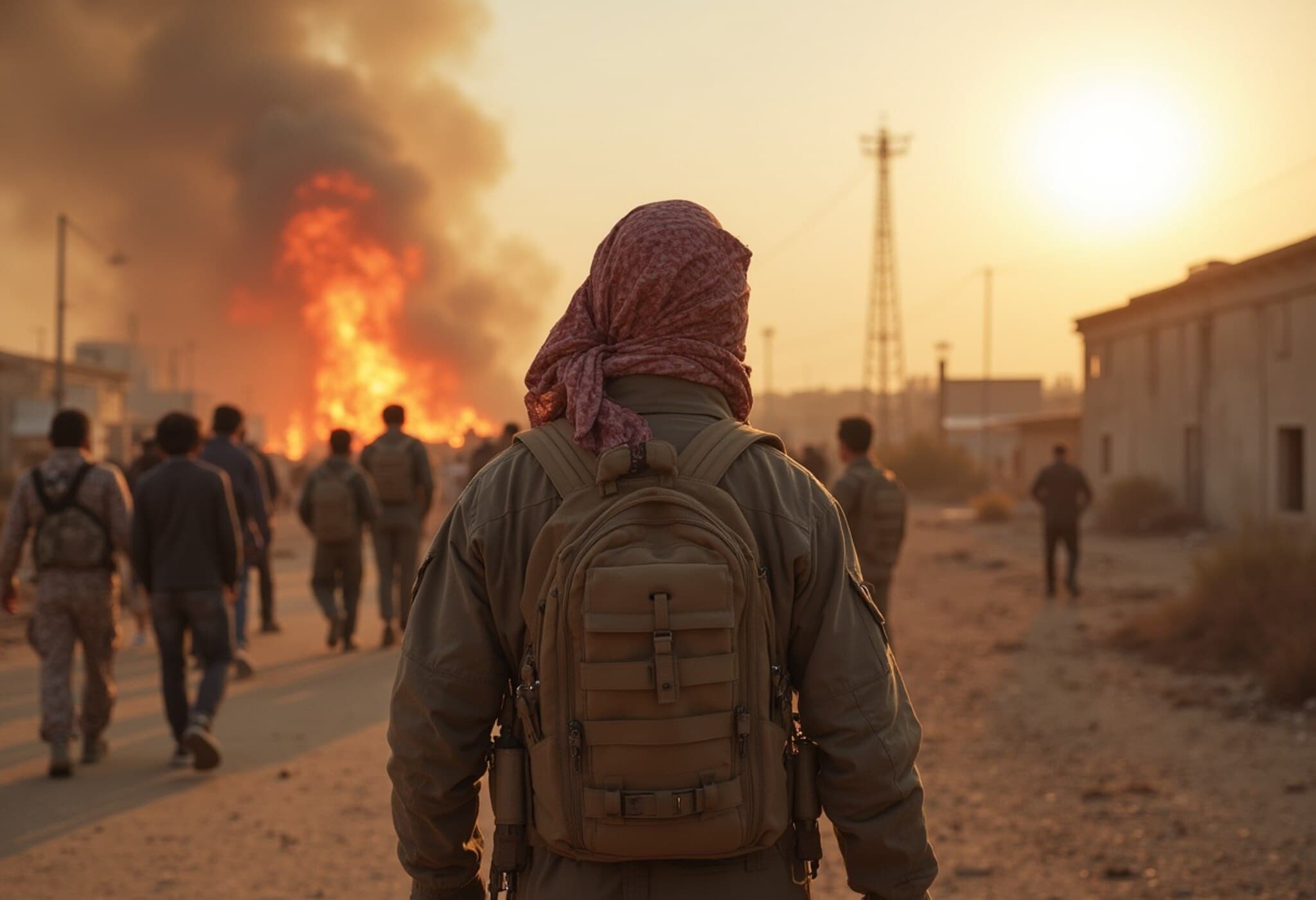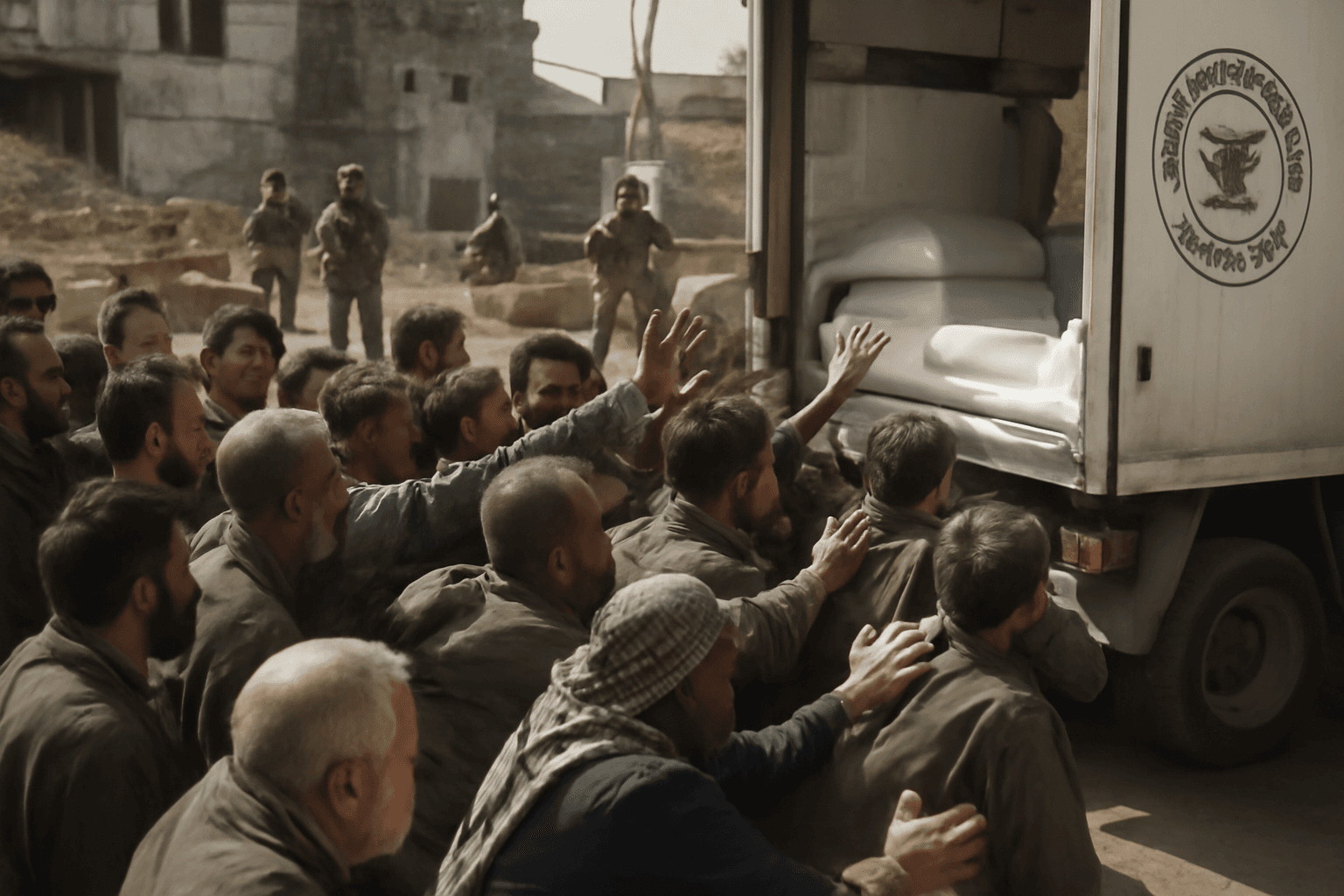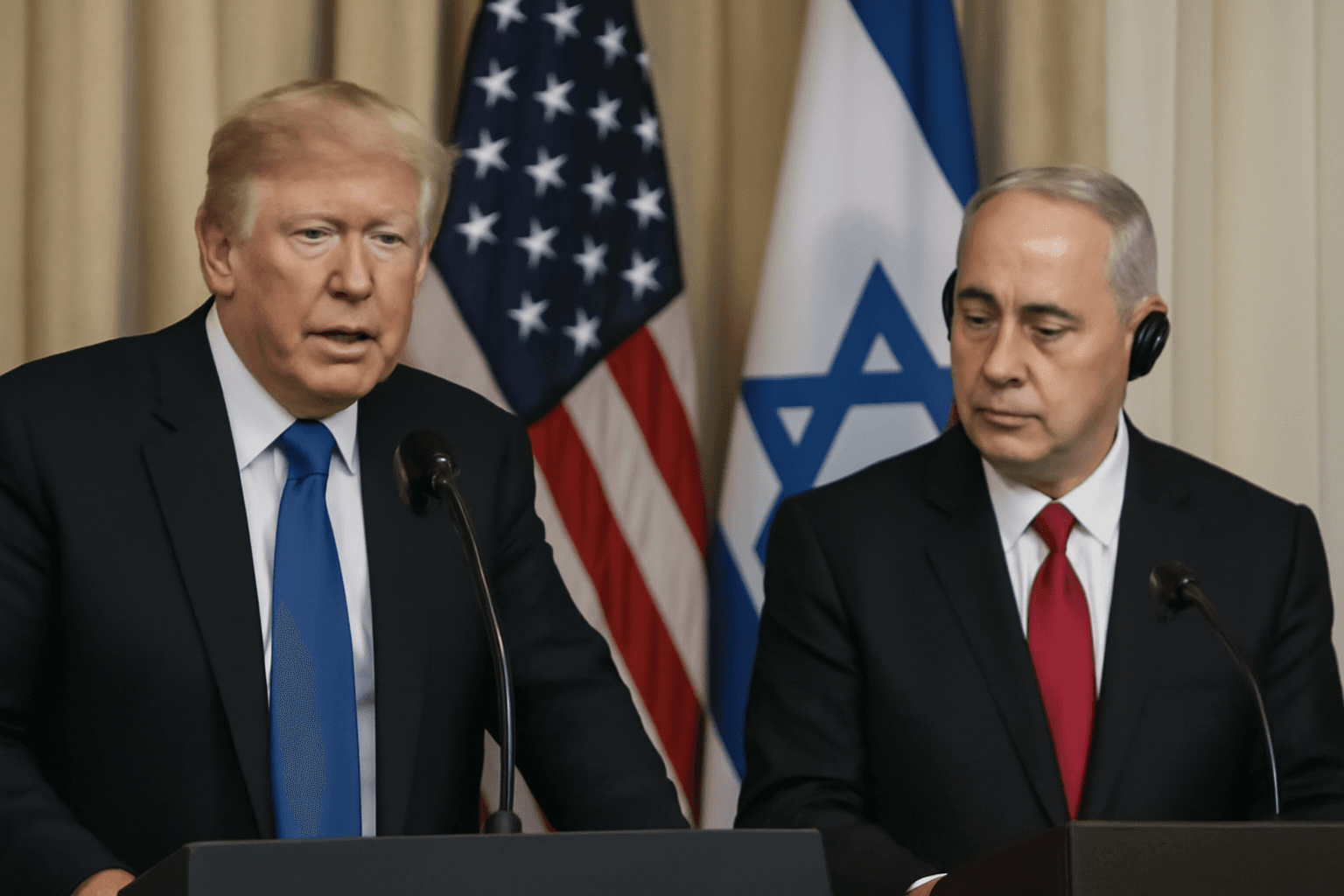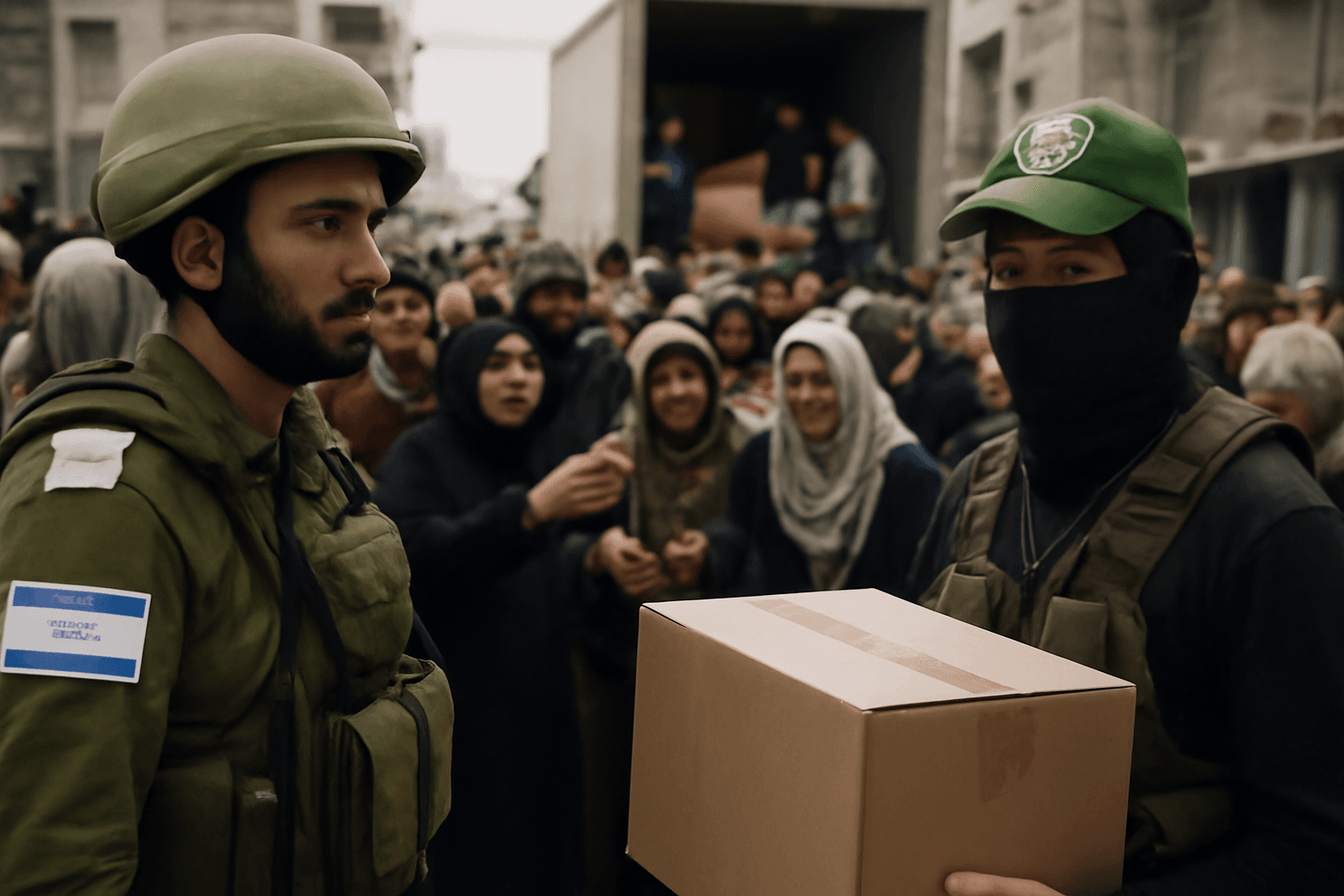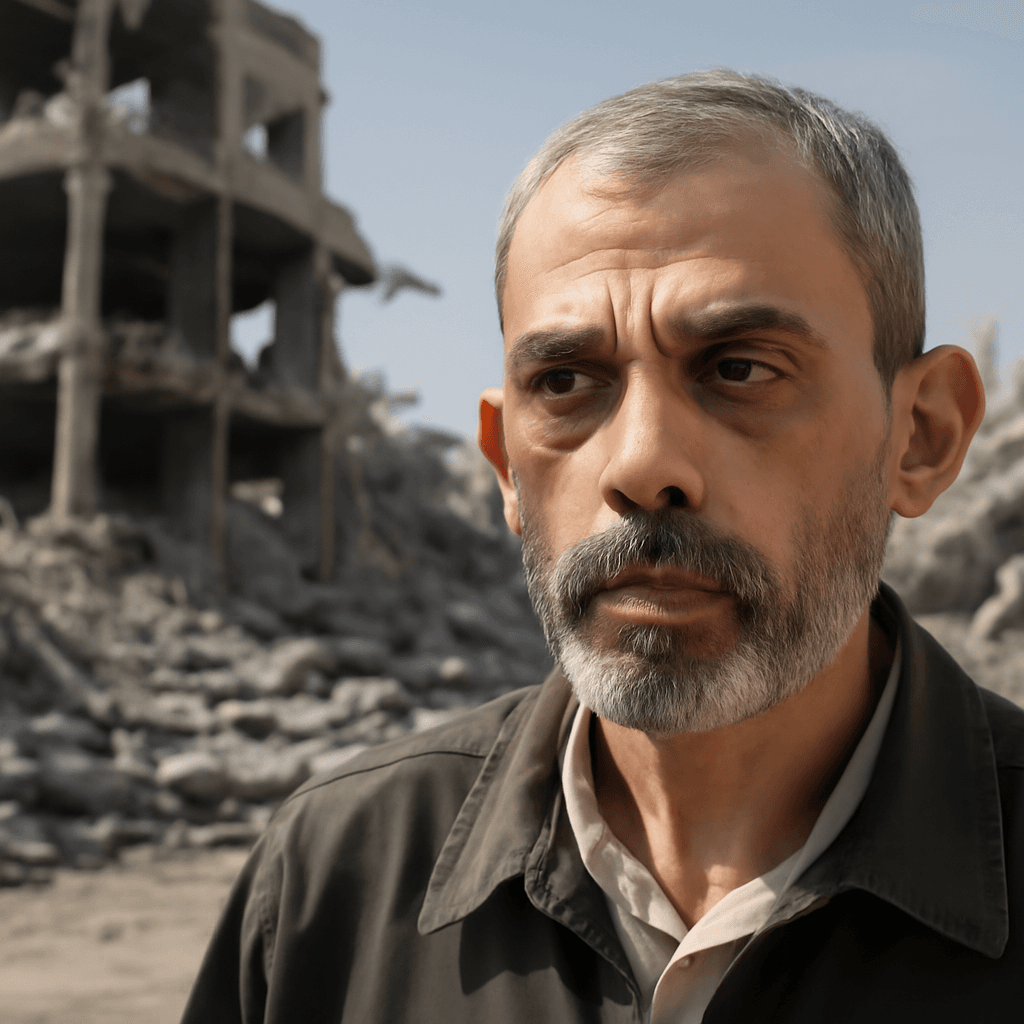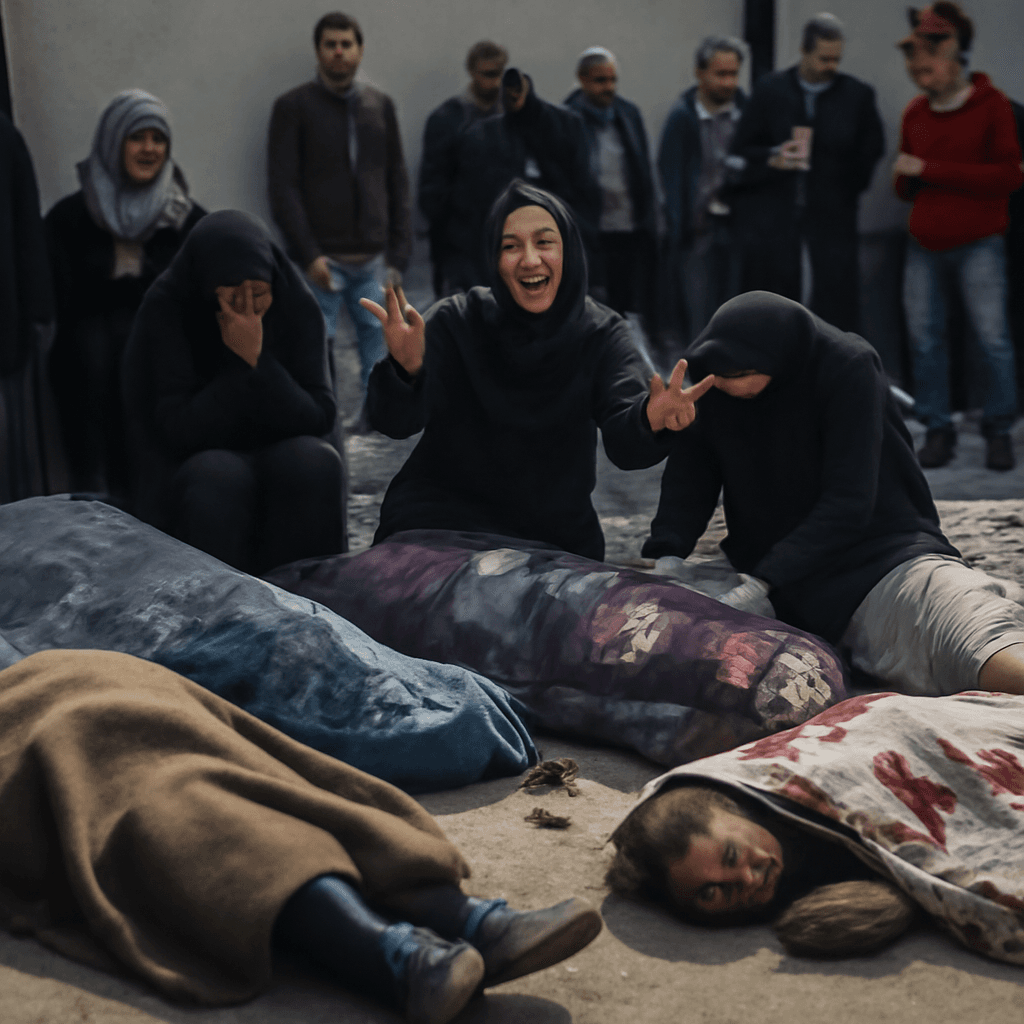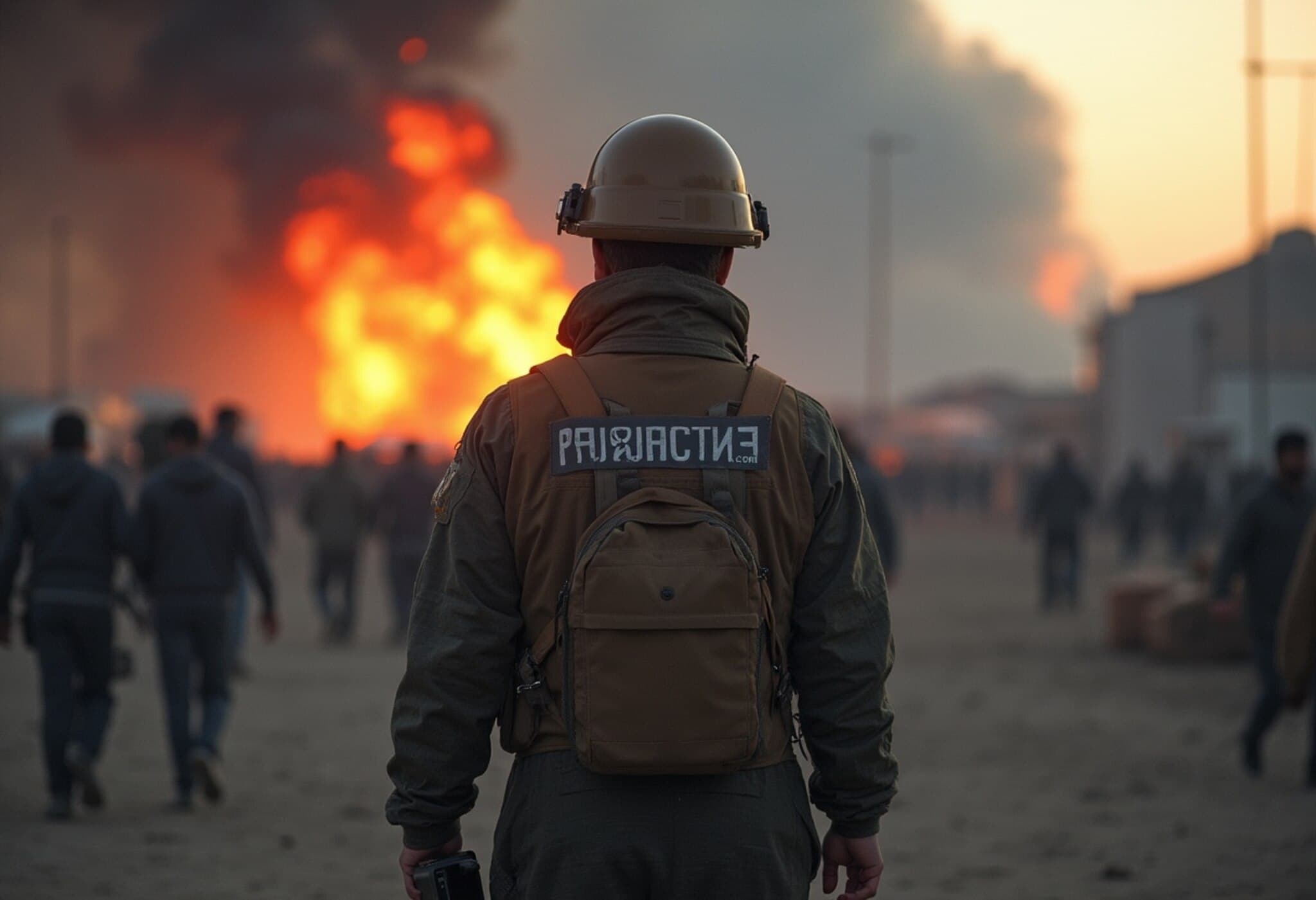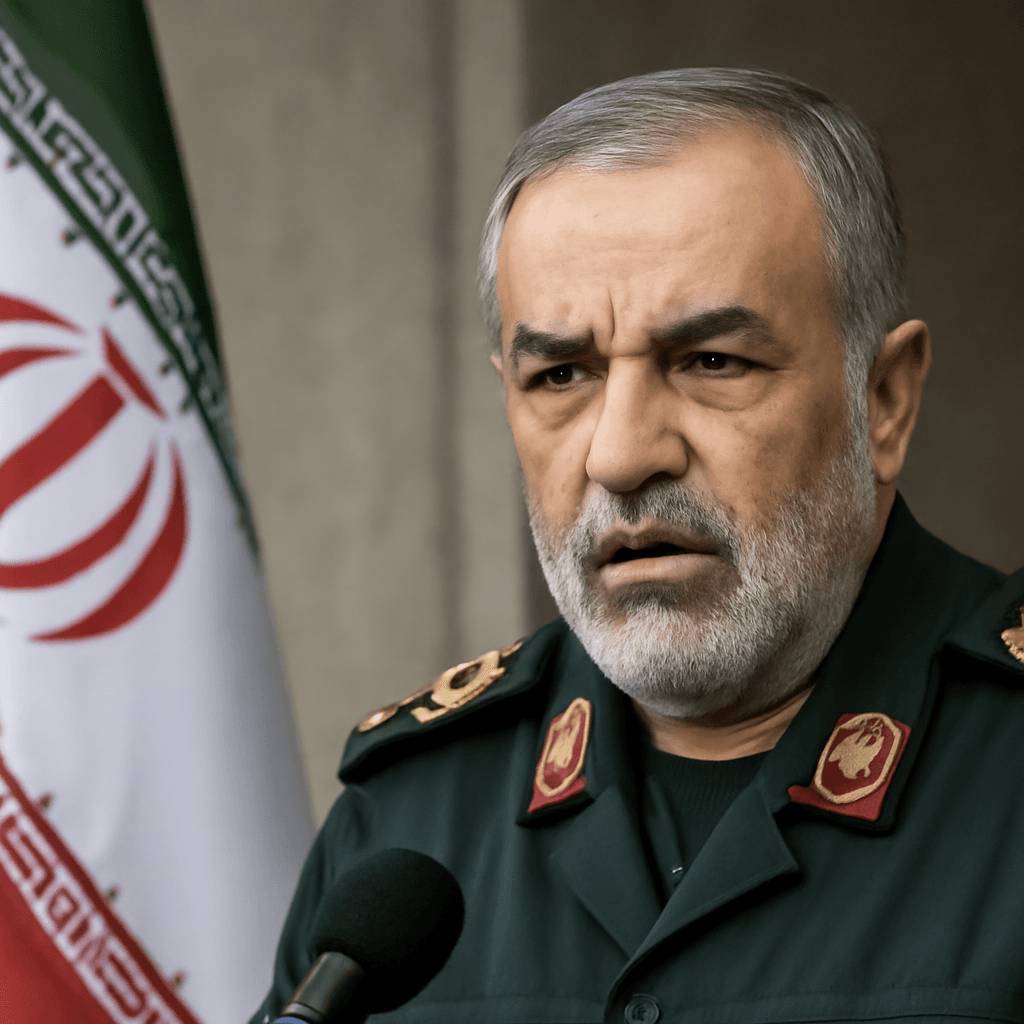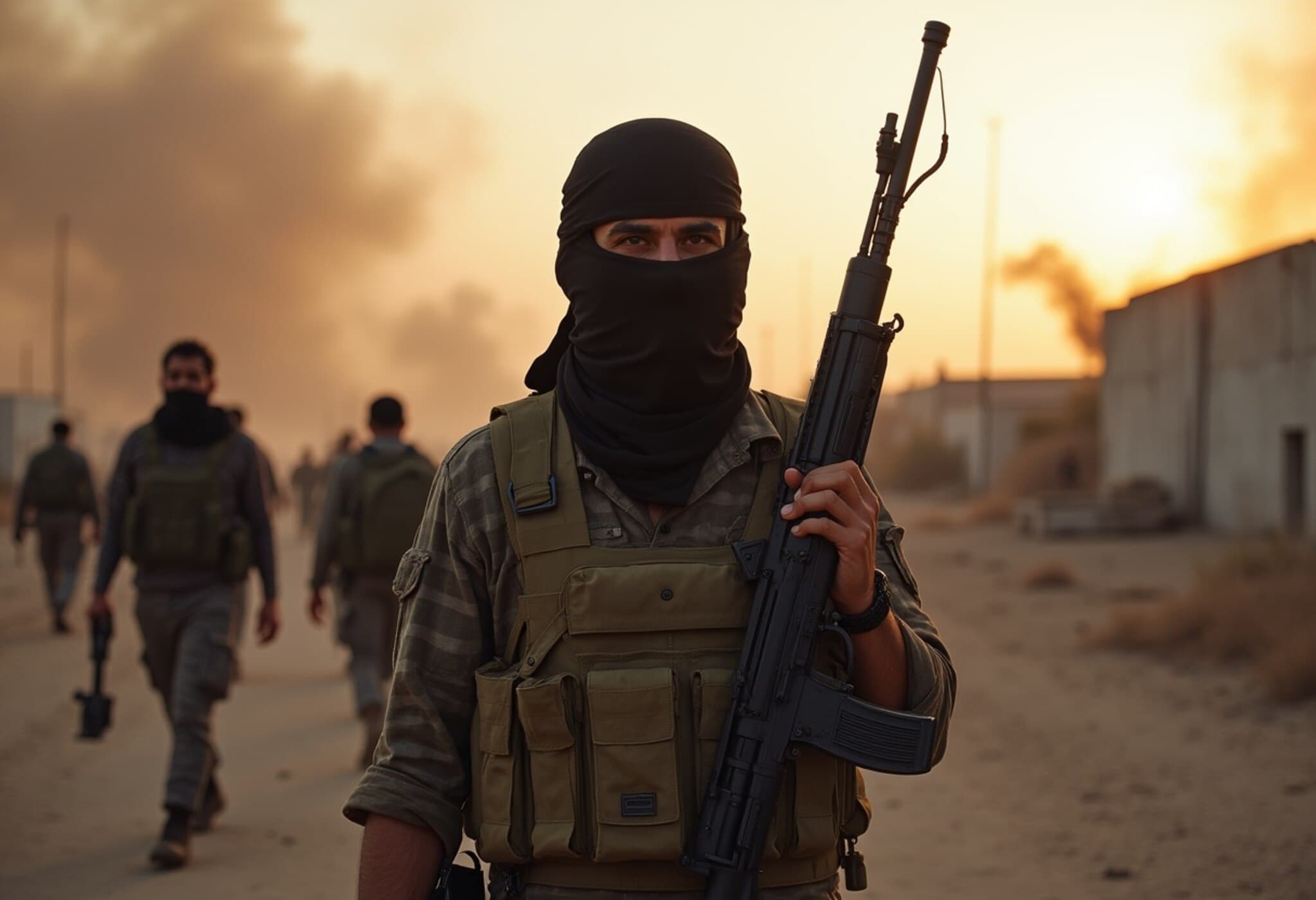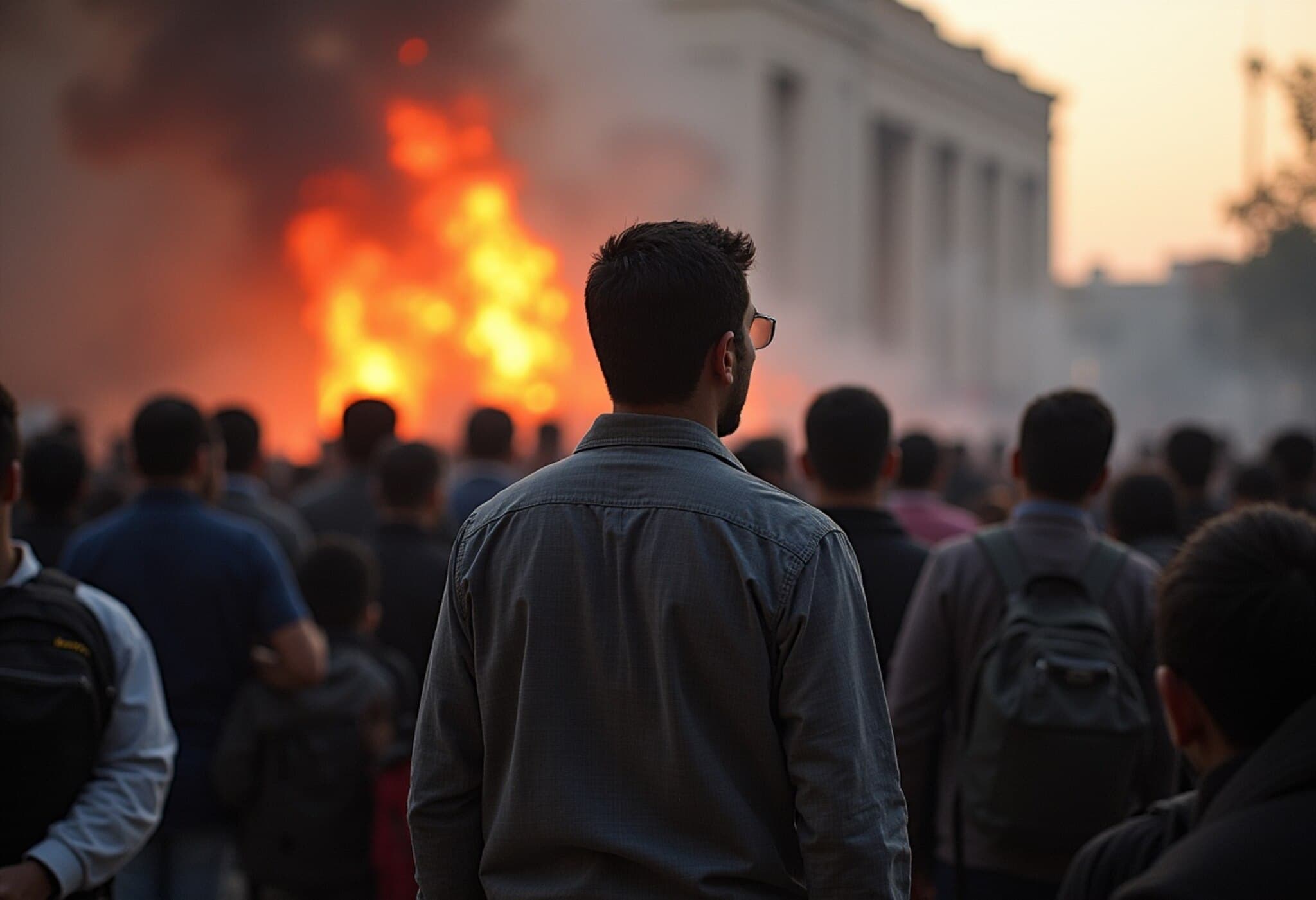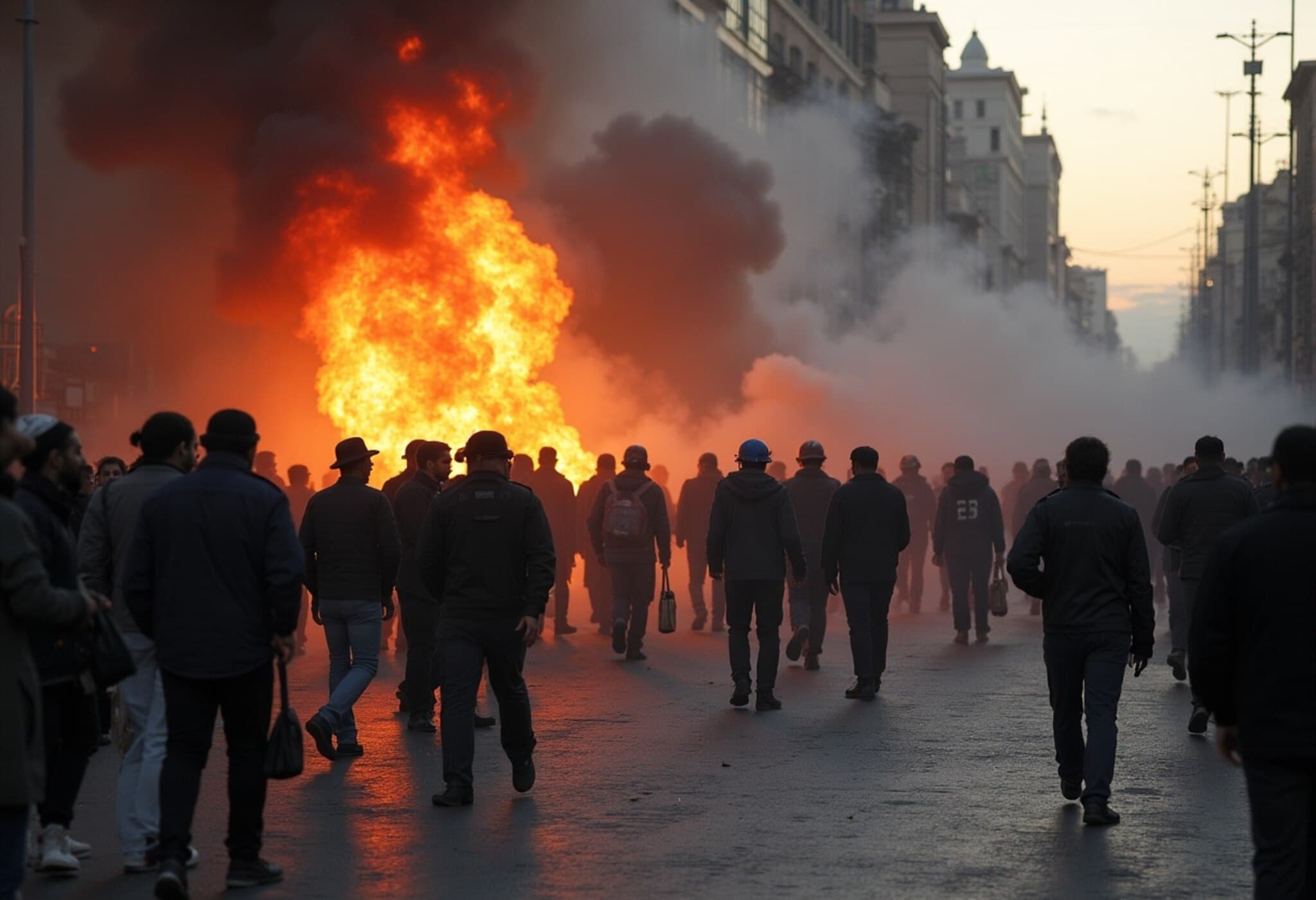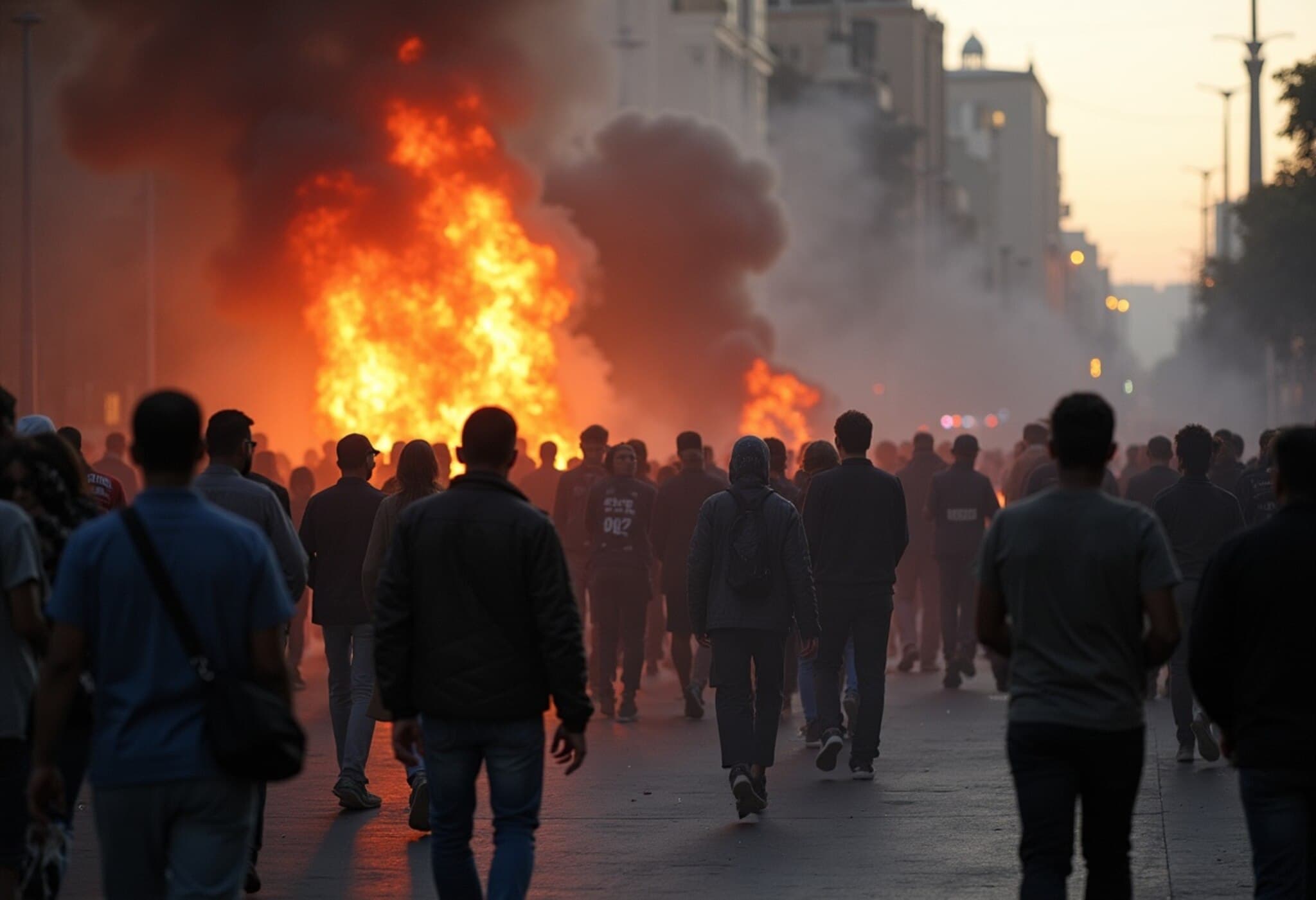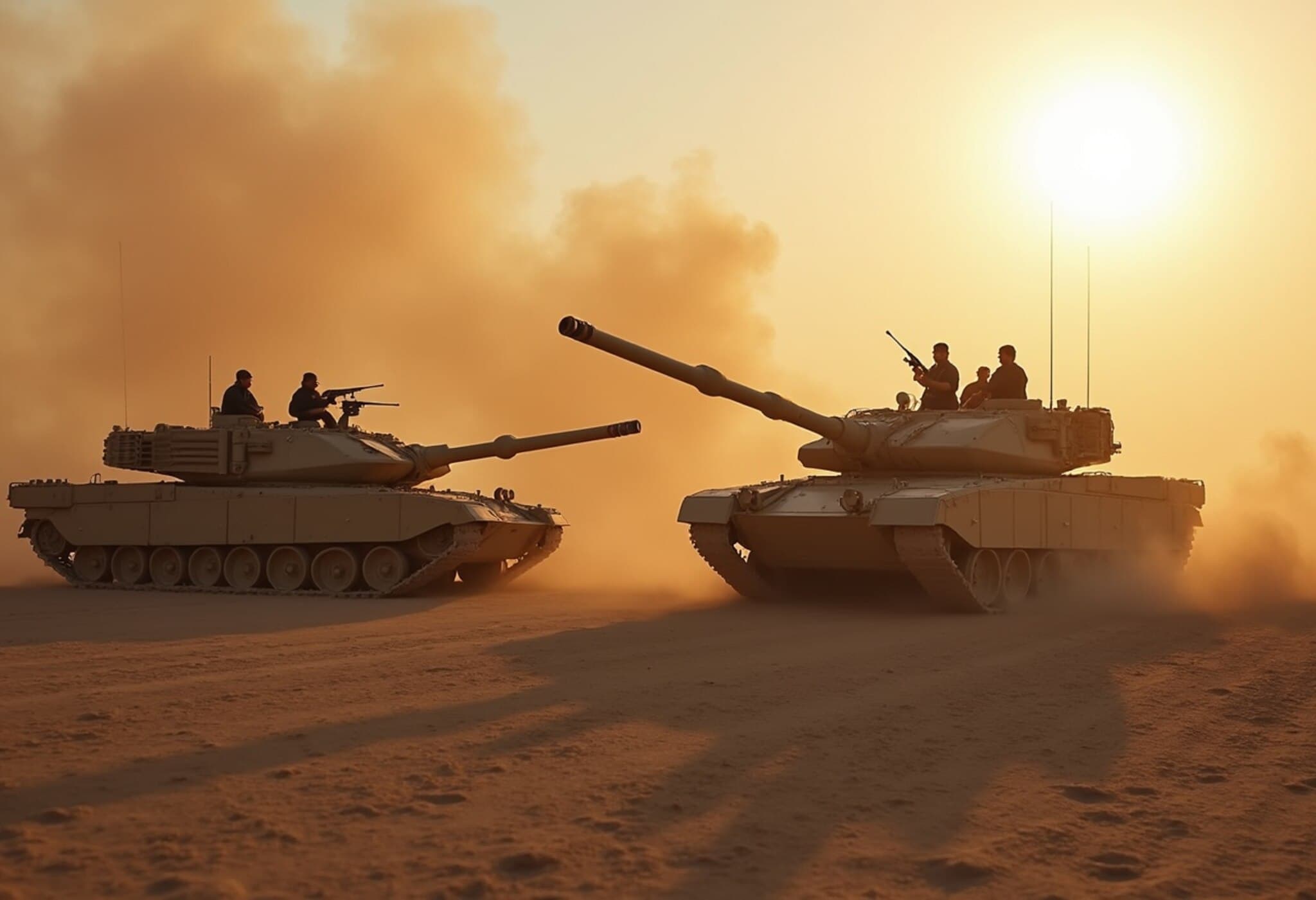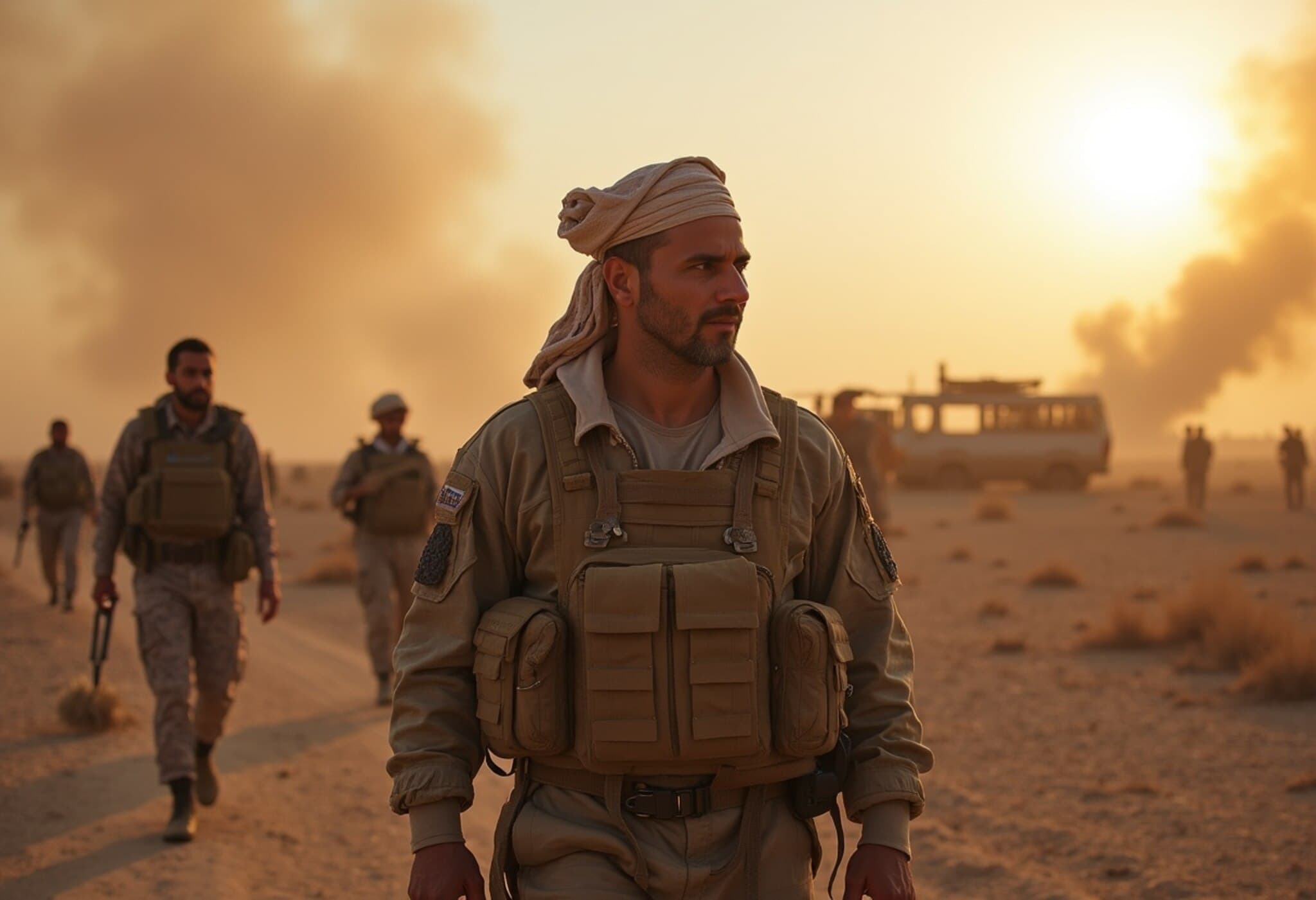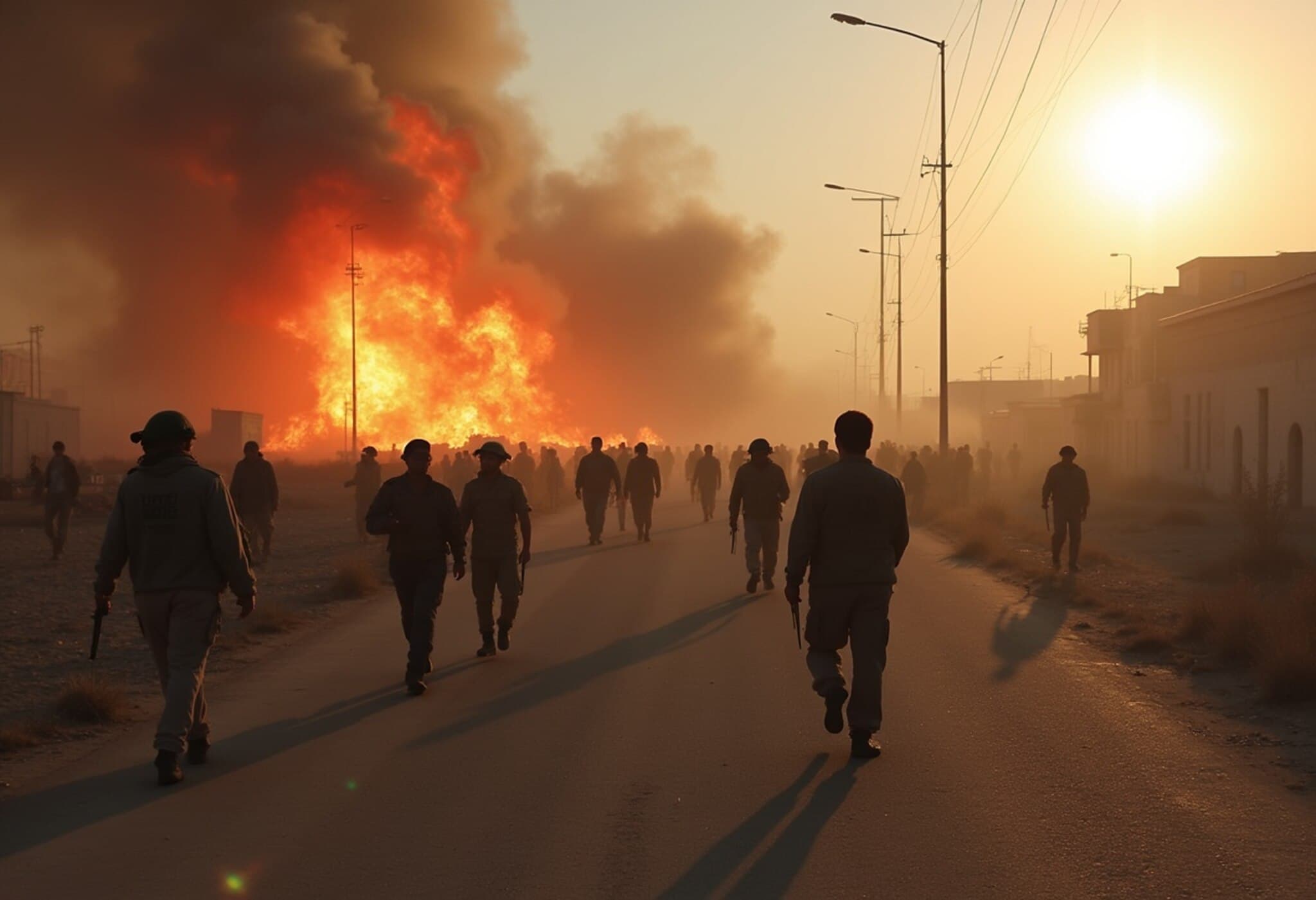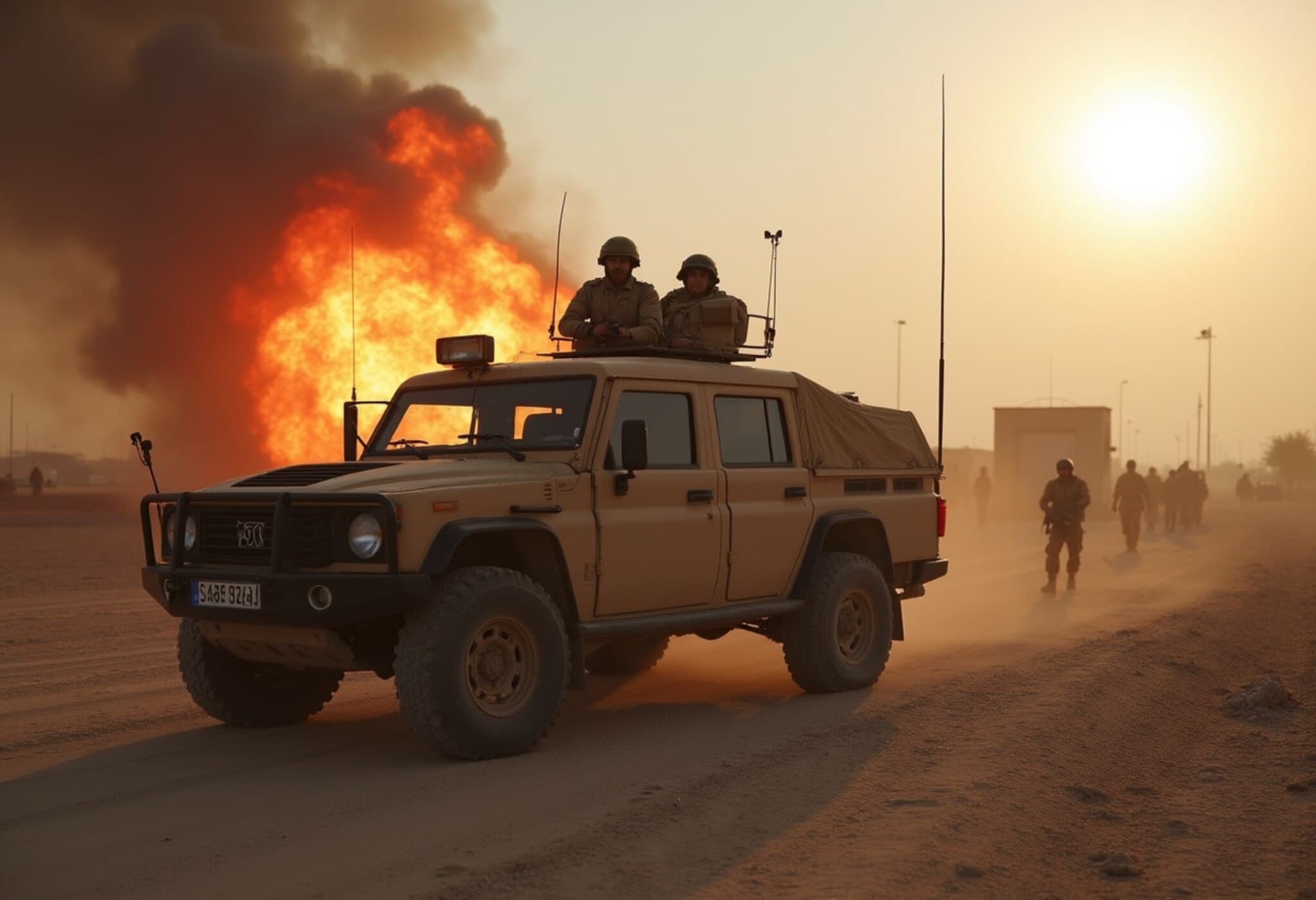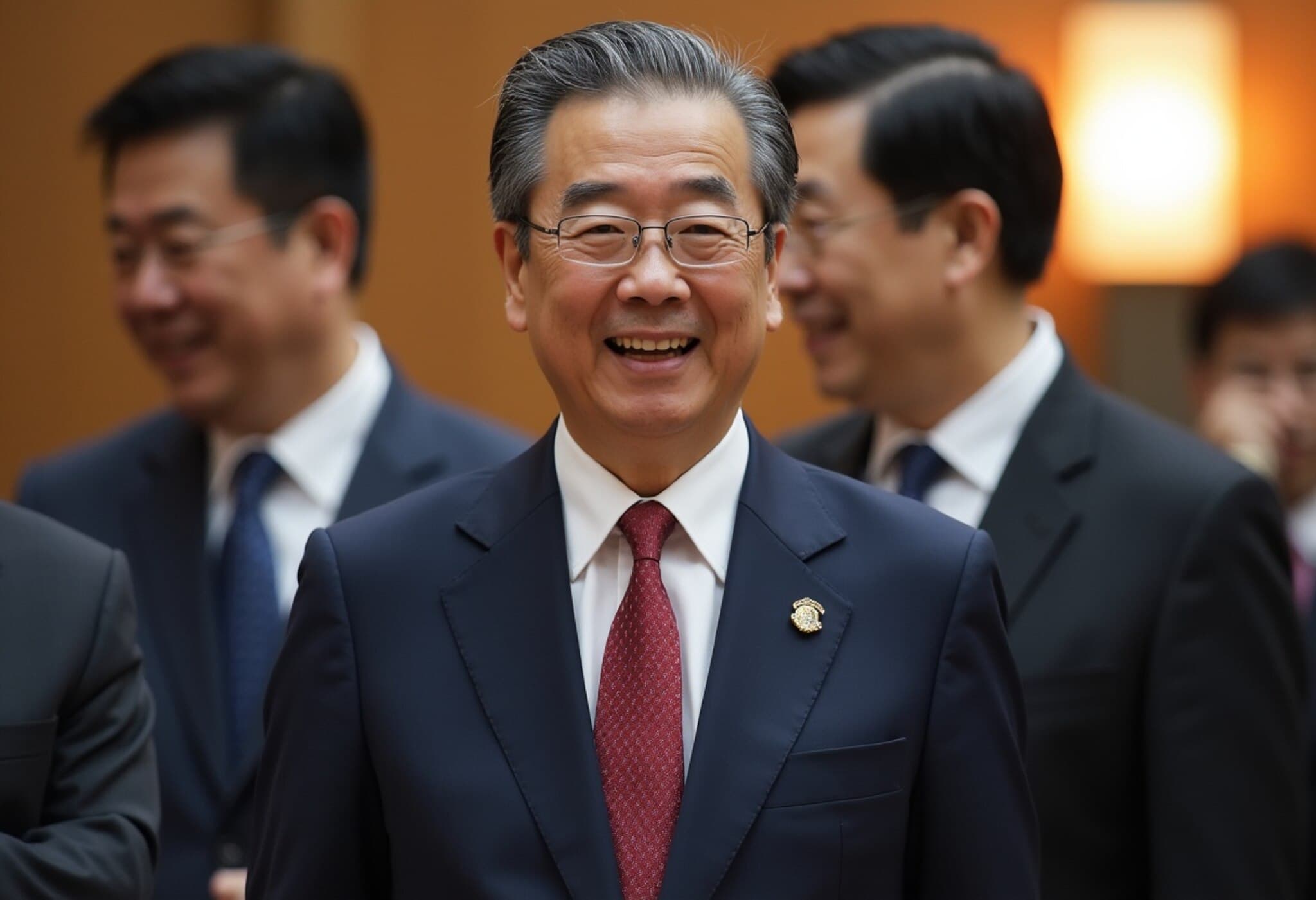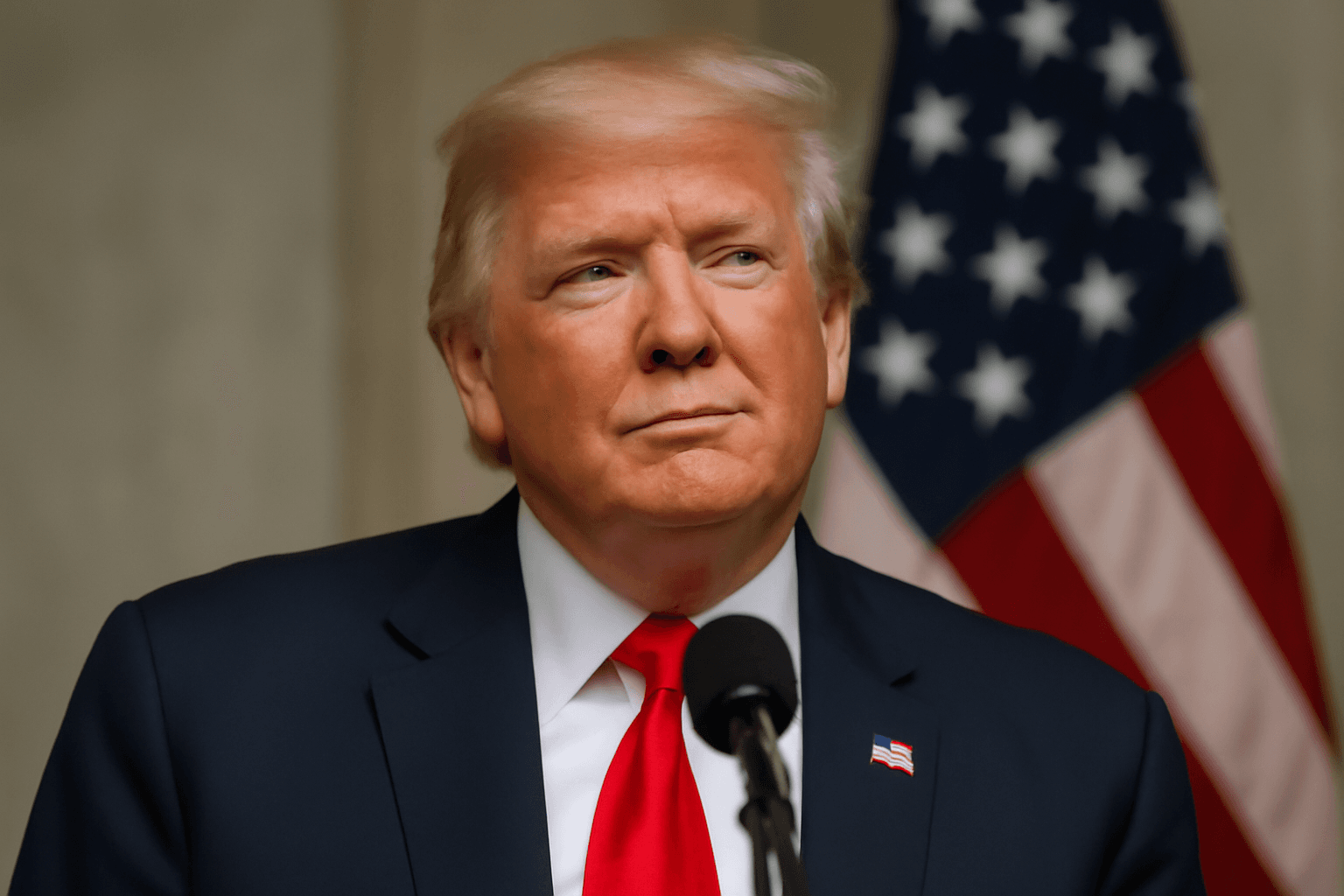Truce Brings Fragile Peace to Syria’s Sweida After Devastating Clashes
After an agonizing week of sectarian violence that claimed more than 1,100 lives in southern Syria’s Sweida province, a tense calm has cautiously settled over the region. The conflict, which primarily pitted local Druze fighters against rival Bedouin groups and was further complicated by involvement from Islamist-led government forces, Israeli military actions, and tribal militias from across Syria, has left deep scars on this once peaceful area.
Ceasefire Holds Amid Complex Sectarian Fallout
On Saturday, a ceasefire was announced, bringing an overdue pause to the brutal confrontations that shattered Sweida, a city home to roughly 150,000 people, most of them from the Druze community. According to the Syrian Observatory for Human Rights, which has closely monitored the fighting, this truce appeared to hold into Sunday after several prior ceasefire attempts failed amid distrust and sporadic violence.
Government forces took control of strategic roads leading into Sweida to stem the influx of additional tribal militants, helping to stabilize the fragile order. The Observatory’s updated death toll stands at:
- 427 Druze fighters
- 298 Druze civilians
- 354 government security personnel
- 21 Sunni Bedouin militants
Witnesses and Druze groups have accused Syrian government forces of siding with Bedouin factions and committing serious abuses, including summary executions during earlier offensives.
Humanitarian Aid Resumes Amid Deepening Crisis
The first humanitarian convoy, coordinated by the Red Crescent and local Druze authorities, managed to enter the city Sunday, bringing much-needed relief after days of siege. However, tensions remain high, as government sources reported that certain Druze factions blocked one of their own aid convoys, underscoring lingering mistrust among the factions.
Over 128,000 people have been displaced from Sweida province, according to the United Nations migration agency. Essential services including electricity and water remain disrupted, and food shortages have been widely reported. One local doctor expressed in raw terms the impact, stating, "The city hasn’t seen calm like this in a week. Many have been trapped at home without basic necessities, while the morgue is overwhelmed with bodies."
Regional and International Dimensions Intensify Complexity
The clashes in Sweida must also be understood within the larger geopolitical struggle in the region. Israeli airstrikes targeted Syrian government positions both in Sweida and Damascus earlier in the week, actions Israel justified as protecting its own Druze minority and enforcing demands for the demilitarization of Syria’s southern border areas.
In Washington, US officials have voiced urgent calls for peace and accountability. US Special Envoy to Syria Tom Barrack emphasized that Syria is at a "critical juncture," warning that ongoing tribal vengeance undermines government authority and hampers any efforts toward stability. Senator Marco Rubio urged Syrian security forces to prevent jihadist infiltration and condemned atrocities committed by all sides, highlighting the risk of escalating massacres if lawlessness prevails.
Looking Ahead: Will Peace Hold or Fracture?
Interim Syrian President Ahmed al-Sharaa’s call for a sustained ceasefire and his repeated pledge to protect ethnic and religious minorities reflects the state's attempts to stem sectarian divisions that have worsened since the 2011 uprising. Yet, the deep-rooted grievances, overlapping loyalties, and external interventions that fuel conflict in Sweida pose enormous challenges to lasting peace.
Residents remain wary but hopeful as they begin to assess the toll of the recent violence. The road to healing and reconciliation is steep, demanding concerted diplomatic efforts and robust humanitarian support to rebuild trust and address the underlying political and social fractures.
Editor’s Note
The deadly clashes in Sweida starkly illustrate how Syria’s complex mosaic of ethnic and sectarian identities continues to be exploited in a broader regional and global contest. Beyond the immediate ceasefire, sustainable peace in Sweida hinges on addressing historical grievances, ensuring justice for victims, and fostering dialogue between communities long divided. The international community’s role in supporting reconstruction and reconciliation remains crucial to prevent future flare-ups in this strategically sensitive area of Syria.

